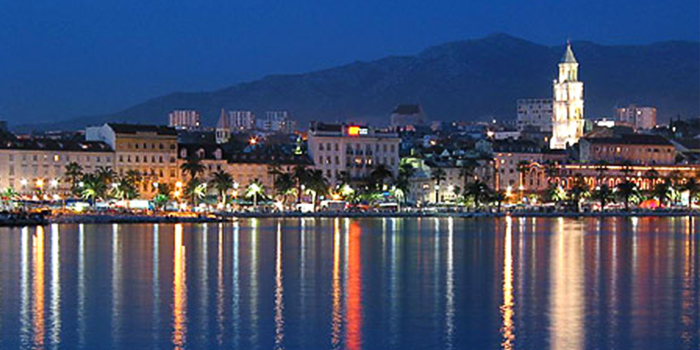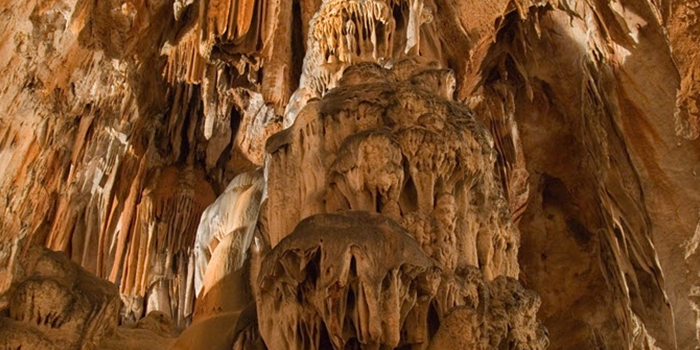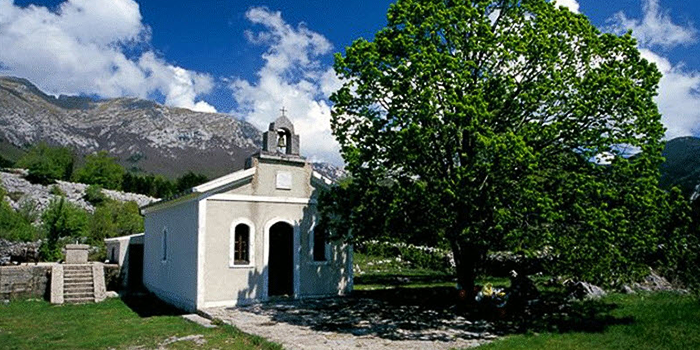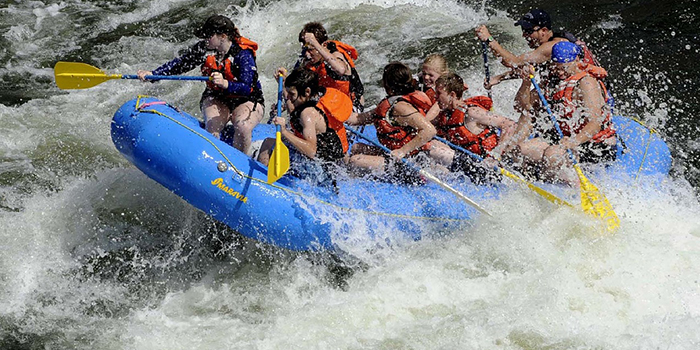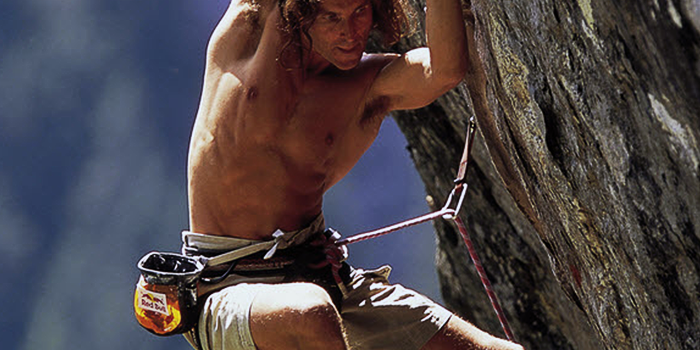Velebit nature park
Velebit nature park
When we are talking about the Velebit Mountain, and all the natural resources it has to offer, it would be unfair not to mention the Velebit Nature Park.
The Velebit is, looking from the air, a gigantic stone bastion, the boundary between the land and the sea. A set of karst sinkholes, ridges, crags, valleys, ridges and peaks that attracts with its biodiversity and beauty. Yet many will describe this mountain with words that have nothing to do with biology, geography or caving. And they will say that the mountain called them, and that that was the loudest cry they ever heard, from the tacit stone.
Being on the Velebit means jumping over your own shadow. It is impossible, that is, to "beat" the mountain. It dominates everything that a man can achieve with his physical strength and his ability. Even those who have climbed to the highest peaks of Velebit use to say that they have just begun to know it. For many , precisely Velebit is the place where they meet themselves in the mountains. An experience of true freedom and harmony with nature. The mountain is not just a stone path; it is - the path of the soul.
The Velebit Nature Park is the most important endemic node of land flora and fauna in Croatia. On the Velebit, 1854 species of flora were observed, of which 79 endemic species. Precisely for this reason, the area is often also called the "center of endemism". Their habitats are rocks and basins in the western slope of Velebit, caves and areas along the Krupa and Zrmanja rivers, as well as meadows and mountain pastures. The best known of the endemic species is definitely the Velebitic Degenia (DegeniaVelebitica).
The most represented habitats are wooded ones. Meadows and pastures are particularly important because they "preserve" biodiversity. The mountain forests of Beech (Lamio orvalae - Fagetum) are the most numerous and are found on the majority of the area.
Over 800 meters of altitude we find dinaric forests of beech and fir (Omphalodo Fagetum). At an altitude of over 1000 meters there are Seslerio autumnalis-Fagetum beech trees growing on stony plateaus. From those altitudes to the peaks about 1650, meters you will find submontane woods of beech and mountain maple (Polystycholonchitis-fagetum). These are the areas covered with snow, where strong wind has bent the trees with its weight.
Mount Velebit is the home of the great wild beasts such as the bear (Ursus arctos), the wolf (Canis lupus) and the lynx (Lynx lynx), as well as the otter (Lutralutra).
The Ornithological Institute of the Croatian Academy of Sciences and Arts has proposed the inclusion of this area in the European NATURA 2000 network as even 18 species of birds meet the required criteria. Some of the pointed out ones are; the gardener (Emberizahortulana), the capercaillie (Tetraourogallus), the dwarf owl (Glaucidiumpasserinum), the boreal owl (Aegoliusfunereus) and the White-backed woodpecker (Dendrocopusleucotos).
The Velebit Nature Park also has a separate history, of the underground one. It is very interesting to replace the sunlight with the weak light of the cave and the landscapes above with the underground ones. The Cerovac caves are the largest caves in Croatia. The complex consists of 3 caves, lower, median and upper; while 5.5 kilometers have been explored so far.
In the caves the rule "look, but do not touch" applies. Negligence could cause a priceless and unrecoverable damage to the stalactite that nature has patiently "built" with the constant dripping of water over thousands of years.
It is wonderful to enter the ancient dwelling of the cave bear (Ursus spelaeus). You have entered a kind of archaeological time machine and in an instant you can replace the view of the Velebit peaks and the present moment with the journey through time, of thirty thousand years ago!
The cave bear was a real giant. Erected on its hind legs it reached three meters in height, and often weighed a ton too. He lived in the ice age, when the world "above" the Velebit had a completely different appearance: the peaks were set in the ice, the level of the sea was about a hundred meters lower. Where today there is the sea, then there was the land, the islands were the peaks of the mountains, and cattle and wild horses grazed in the pratose canals of Velebit.
The cave room took its name from the cave bear as well- the Hall of the Bear (in Croatian Medvjeđa dvorana).
The Lower Cave of Cerovac, also called Turkaljeva, is located about fifteen meters below the railway. The length of all the channels explored so far in the Lower Cave is over 4000 m, while the length of the tourist trail is about 700 meters. After about 800 meters the cave is divided into two arms. One extends towards the north-west. In that part there is the main finding of the remains of the cave bear - the Hall of the Bear. The other arm extends to the south-west and represents the primary channel along which the water flowed from the Gračac Field (Gračačko polje) in the period when the cave had an active hydrogeological function of the abyss.
Between the Upper Cave and the Lower Cave is the Median Cave. It has a depth of 92 meters, and the total length of all channels is 390 meters. It is a speleological place with many ramifications.
The Upper Cave is located about thirty meters above the railway. People in the area call it Kesić Cave. 1290 meters have been explored, and the tourist trail is 700 meters long. Also here were found many bones of the cave bear (Ursus spelaeus) and the footprints left by its movement in the darkness of the cave, the so-called "trails of the bear".
The beauty of the rooms inside the caves is surprising. One of them is called the Paleolithic Hunter's Room and in that room, remains of bones and human bone tips of paleoanthropological interest have been discovered as well.
Stalactites, stalagmites, columns, tents, jets, waterfalls and cave pearls are fascinating underground decorations that leave no one indifferent. And when you leave the cave, you will still have the impression of being "inside" for a long time, in the wonderful underground world of the Velebit Nature Park.
The Zavratnica inlet is the marine jewel of the Park. In the list of the most beautiful bays of the Adriatic always occupies one of the first places.
As if a piece of the northern seas coast had gotten "lost" in Croatia - the form of Zavratnica resembles that of a fjord, even though there were never glaciers here. The swollen torrents crisscrossed the slopes of Velebit and one of these streams was simply submerged due to the postglacial elevation of seawater. Thus the Zavrtnica karst was formed.
The inlet is about 800 meters long. At the beginning of the twentieth century, the upper path was built with a viewpoint and a promenade along the sea. Around the same time, Zavratnica became a secret summer residence for the elite of Vienna and Prague.
For many, this inlet was a discovery. Many artists, scientists and Velebit enthusiasts used to come there. Among them also the Croatian writer Vjenceslav Novak who had written numerous pages of Croatian literature right here. The blueness of the sea, the grayness of the stone, the scarce green and the dense shadows of the trees in some parts depict Zavratnica with fascinating and wonderful colors.
Not even this place, due to its inexplicable beauty, has not escaped the legend. And the legend tells that a terrible earthquake occurred and that in one night three ancient Roman cities were submerged: Ortopla, Cissa and Lopsica. Zavratnica was born from the submerged cities.
As you can see, Velebit Nature Park is the place where you can go up to the clouds, and down deep into the wonderful underground, so be sure not to miss it.
One of the many legends about the bora , written in Zoranic " Mountains", the story of a young and beautiful but arrogant girl of noble birth named Bora...
 Which part of Croatia do you find most alluring for a summer holiday?
Which part of Croatia do you find most alluring for a summer holiday?
